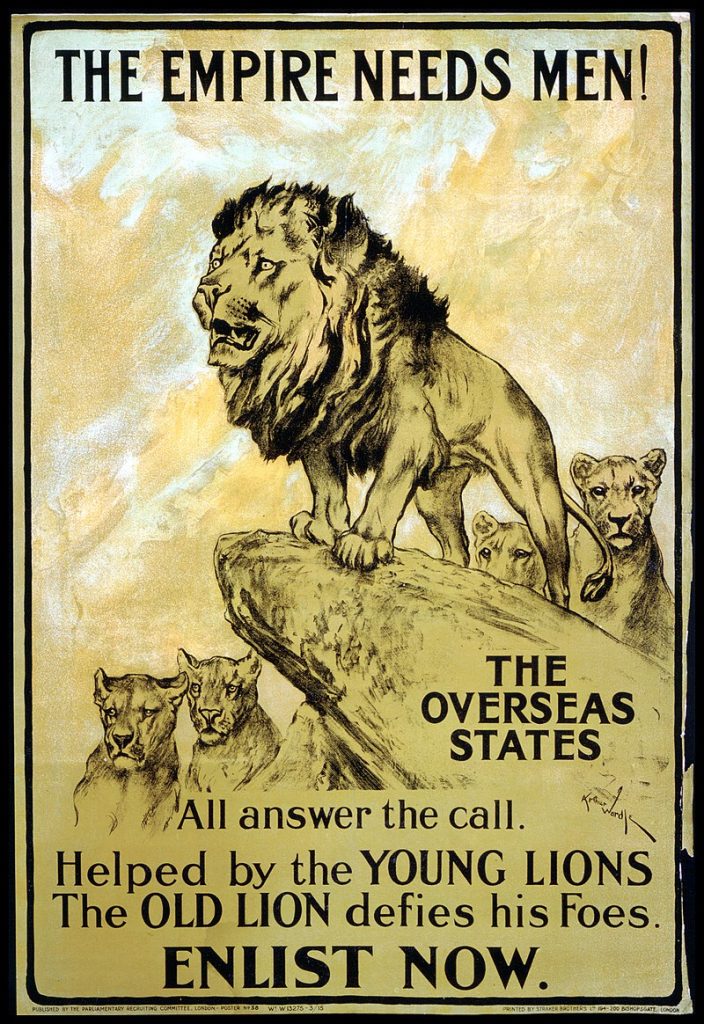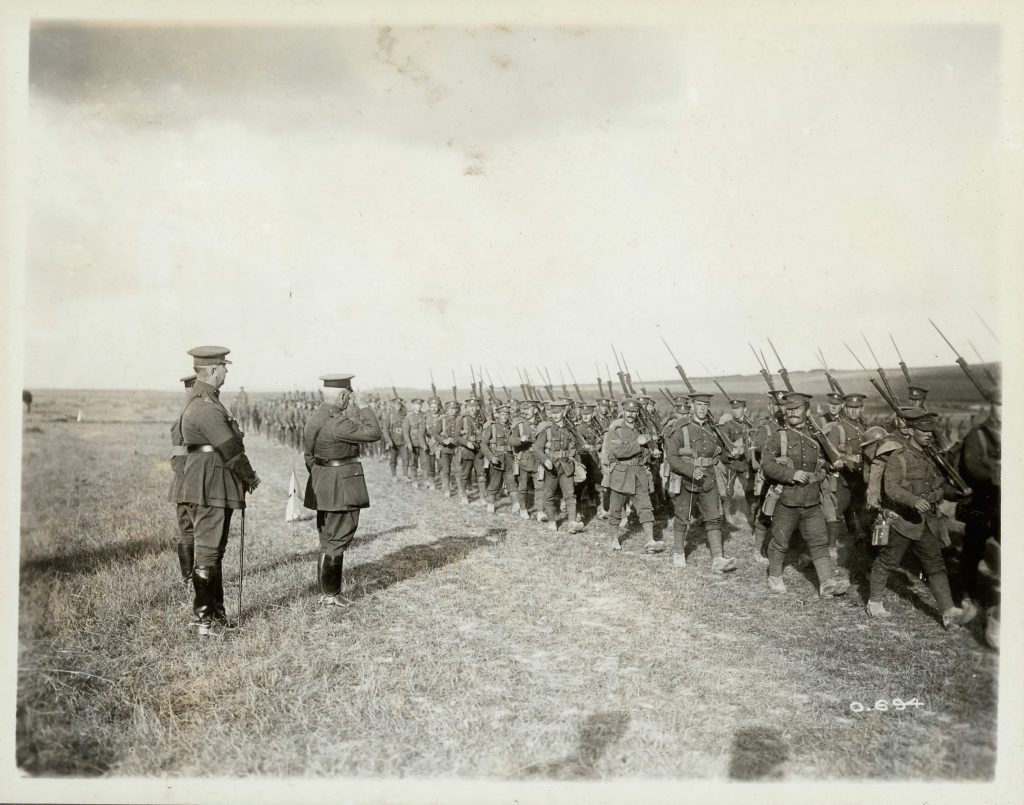
During World War I, the Canadian forces had a significant and close interaction with British forces, as Canada was part of the British Empire at that time. When Britain declared war on Germany on August 4, 1914, Canada, as a self-governing dominion within the British Empire, was automatically at war as well.
Here’s how the Canadian forces interacted with British forces during WWI:
- Command Structure: The Canadian Expeditionary Force (CEF) was formed and placed under the command of the British Army. Canadian soldiers were ultimately under the overall direction of British High Command, but Canada was given some degree of autonomy in organizing and directing its forces.
- Training: Canadian troops underwent initial training in Canada and later in Britain before being deployed to the Western Front. British training facilities were often used for this purpose.
- Western Front: The majority of Canadian forces were deployed to the Western Front in France and Belgium. They fought alongside British troops and other Allied forces in major battles like the Battle of Ypres, the Battle of the Somme, and the Battle of Vimy Ridge.
- Corps Formation: By 1915, the Canadian Corps was established as an independent formation within the British Army. The Corps was made up of four infantry divisions and various supporting units, all under Canadian command.
- Battle of Vimy Ridge: One of the most notable instances of Canadian and British cooperation was during the Battle of Vimy Ridge in April 1917. The Canadian Corps, with considerable planning and coordination, managed to capture Vimy Ridge, a heavily fortified German position, which had eluded both British and French forces earlier.
- Later Stages of the War: As the war progressed, the Canadian Corps was employed in various major offensives, and it gained a reputation for being a formidable and reliable force on the Western Front.
- Tensions and Autonomy: While Canadian forces worked closely with British forces, there were some tensions and disagreements between Canadian and British leadership. The Canadian government sought to maintain its forces’ autonomy and have Canadian soldiers led by Canadian officers as much as possible.

Canadian Corps Summer 1916
Overall, the Canadian forces’ interaction with British forces during World War I was marked by collaboration, but it also reflected Canada’s evolving sense of national identity and desire for greater independence on the world stage. The experiences and sacrifices of Canadian soldiers during the war played a significant role in shaping Canada’s future as an independent nation.
